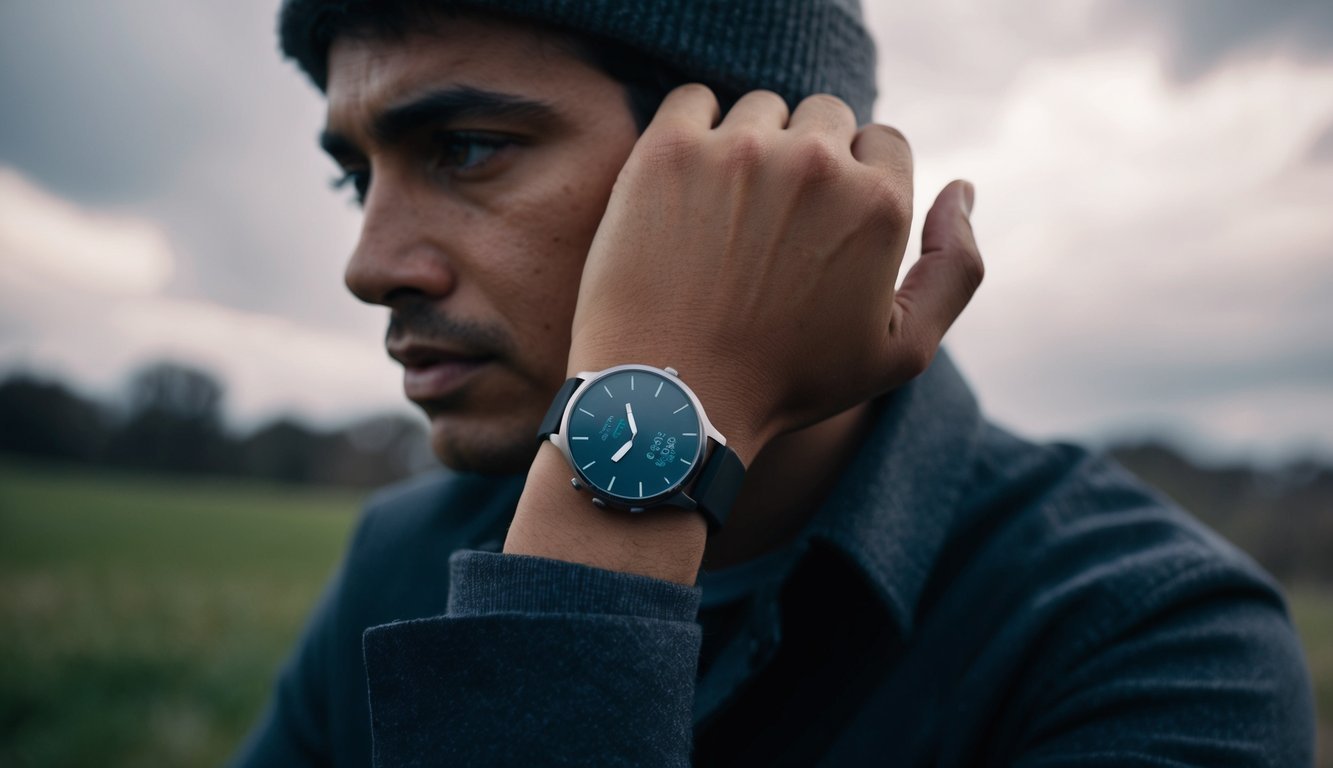PsychNewsDaily Publishers
100 Summit Drive
Burlington, MA, 01803
Telephone: (320) 349-2484
PsychNewsDaily Publishers
100 Summit Drive
Burlington, MA, 01803
Telephone: (320) 349-2484
New research reveals that tracking sleep and circadian rhythms through wearable tech can accurately predict mood episodes in individuals with mood disorders.

The Institute for Basic Science has unveiled a groundbreaking development in mood disorder prediction led by Chief Investigator Kim Jae Kyoung of the IBS Biomedical Mathematics Group at KAIST, alongside Professor Lee Heon-Jeong from Korea University College of Medicine. This innovative research presents a predictive model that harnesses sleep and circadian rhythm data gathered from wearable technology to identify mood episodes in people struggling with mood disorders.
Mood disorders are frequently intertwined with irregular sleep patterns and disrupted circadian rhythms. With the advent of wearable tech, particularly smartwatches, monitoring health data has never been easier. This technological shift highlights the potential of analyzing sleep-wake cycles to anticipate shifts in mood. Traditional predictive methods often complicate matters by requiring diverse data types, which can inflate costs and limit practical applications in real-world settings.
To counter these obstacles, the research team devised a more focused approach, relying exclusively on sleep and wake data. The study compiled an impressive 429 days of information from 168 people diagnosed with mood disorders. From this trove of data, they identified 36 specific features linked to circadian rhythms and sleeping patterns. Through the application of various machine learning algorithms, the team achieved exceptional accuracy in predicting depressive, manic, and hypomanic episodes, with area under curve (AUC) values of 0.80, 0.98, and 0.95, respectively. These significant findings have found a home in the journal npj Digital Medicine.
A pivotal takeaway from this study highlights how daily fluctuations in circadian rhythms can serve as predictors for mood episodes. The researchers found that delayed circadian rhythms increased the likelihood of depressive episodes, while advanced circadian rhythms were associated with a greater risk of manic episodes. This important insight opens up new pathways for monitoring personal shifts in circadian rhythms as a strategy for anticipating future mood disturbances.
The implications of this research are profound. The potential market for personalized health applications is on the rise, where people with mood disorders could benefit from bespoke sleep recommendations delivered through mobile platforms—helping them manage their conditions proactively and effectively.
This study successfully emphasizes how streamlining data collection can significantly cut costs and enhance clinical usability. It charts new territory for affordable diagnostic and therapeutic solutions aimed at helping those grappling with mood disorders. As wearable technology continues to evolve, the prospect of using it to predict and manage mood episodes looks brighter than ever.